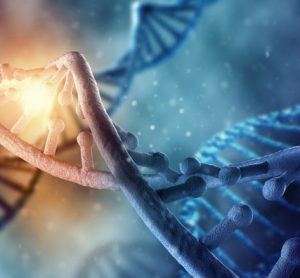Industry Insight: Applied Biosystems – the next generation of sequencing
For many years Applied Biosystems has continued to provide robust, reliable tools to analyse DNA and RNA, small molecules, and proteins, in order to make scientific discoveries, develop new pharmaceuticals and conduct standardised testing. Applied Biosystems has developed and introduced dozens of technologies that have catalysed the genomic and proteomics…














